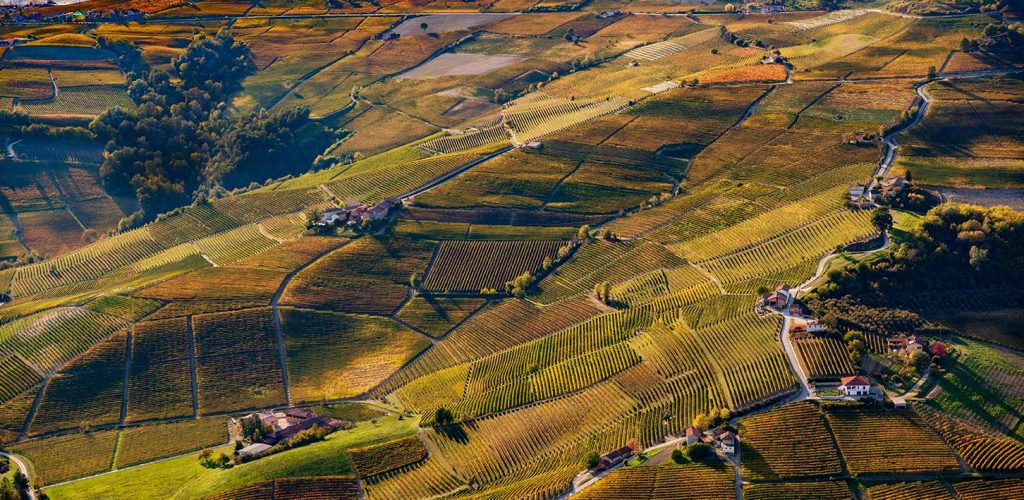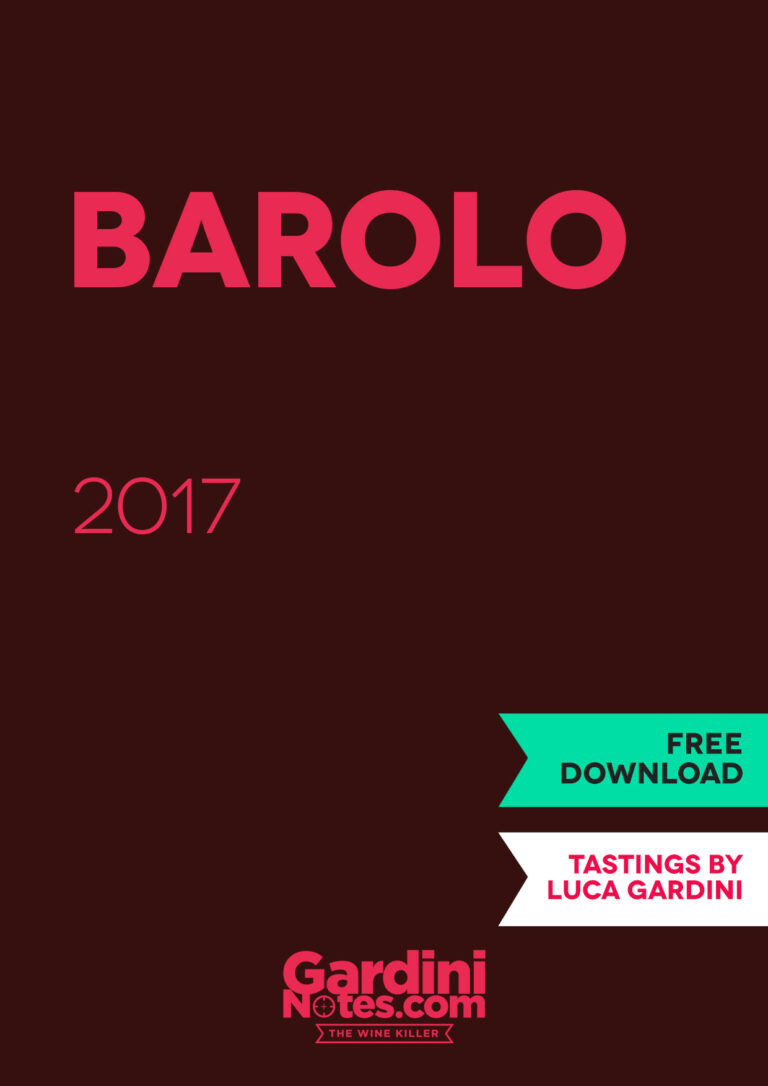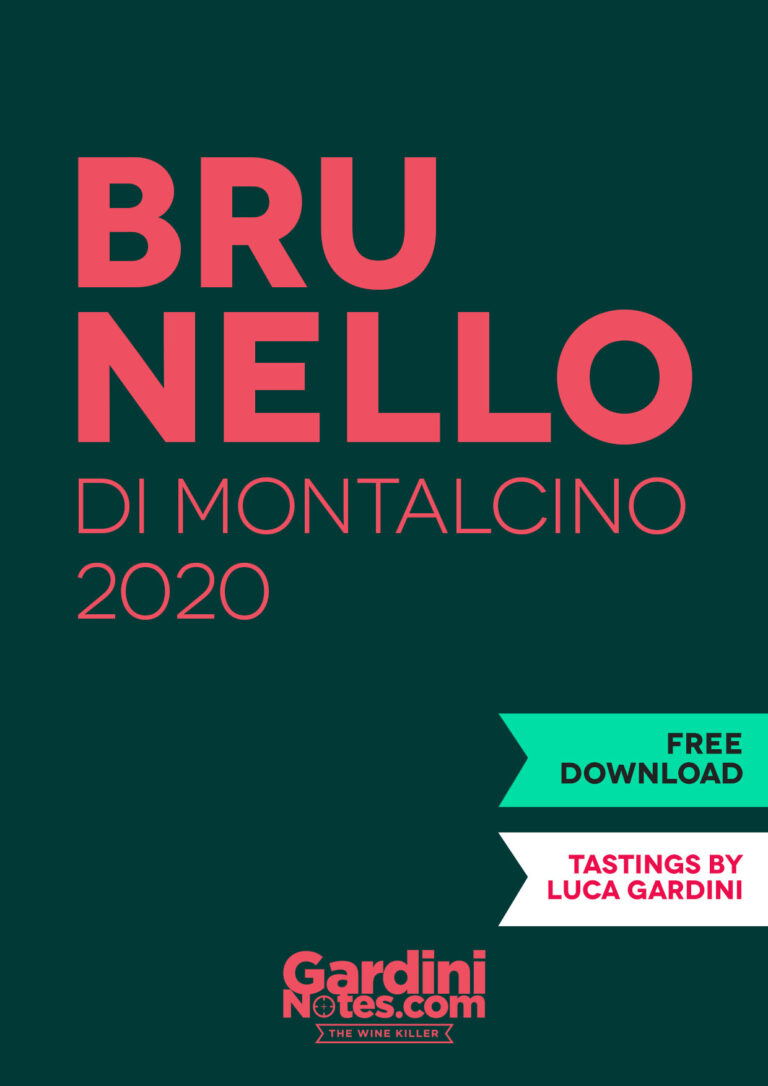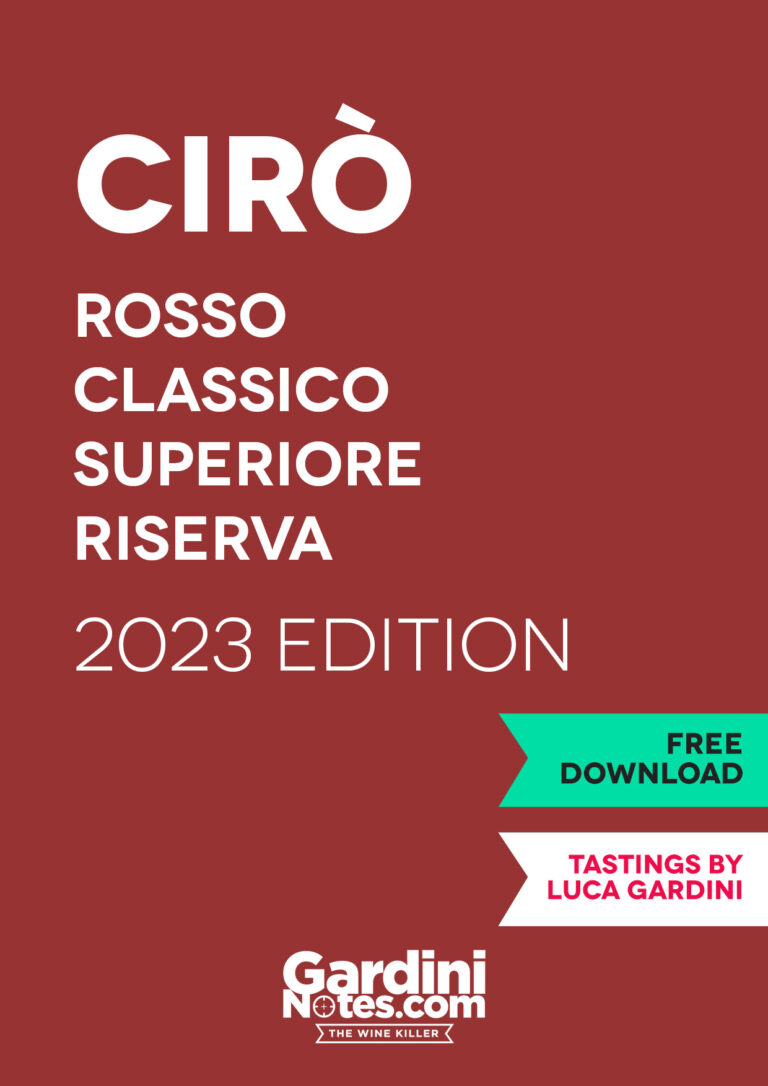Great wines are produced from the Nebbiolo grape in the Langhe, a recently declared Unesco World Heritage site located in the Southeastern part of the Piedmont, near Liguria.

NEBBIOLO 100%
In the Langhe, various soils and mineral deposits are present, which contribute to the countless interpretations of Barolo. Sedimentary clay, the Sant’Agata Marls: chalk marls mixed with grey-blue sandstone, Diano’s sandstone: a dark grey sandstone interspersed with clay, and the formations of Lequio: red-gray stones striated with gray marls, are the important variances of the Langhe soil. The resulting Barolo is a fine, as well as, strong wine.
Verduno (in 2018 composed of 1 0 9 ha):
• Pelaverga, a native red grape, is cultivated in this area.
• The wines are not as strong as those of Serralunga.
• Monvigliero is the most important cru of this area.
Castiglione Falletto (in 2018 composed of 145 ha):
• Densely elegant, solid wines with strong tannins and earthy flavors.
• Monprivato and Bricco Boschis are two important and well-known crus.
Serralunga d’Alba (in 2018 composed of 353 ha):
• Fully textured wines that are sometimes quite rough and powdery.
• The flavors recai I red fruits preserved in alcohol.
• Vigna Rionda and Francia are two important and well-known crus.
La Morra (in 2018 composed of 537 ha):
• Less structured wines with very strong aromas.
• Brunate and Cerequio are two important and well-known crus.
Barolo (in 2018 composed of 253 ha):
• Fruity, fine, and strong wines.
• Sarmassa and Cannubi are two important and well-known crus.
Novello (in 2018 composed of 184 ha):
• Nascetta, a native white grape, is cultivated in this area.
• The wines are often wild, minty, and spicy with good tannins.
• Ravera is the most important cru of this area.
Monforte d’Alba (in 2018 composed of 461 ha):
• Wines vary greatly depending on hillside location.
• Characteristic salty feel.
• The Western side produces wines from Bussia.
• The Eastern side produces wines, such as Ginestra, Gavarini, and Mosconi, stronger in tannins.

2019 VINTAGE
As for the tastings, I can conclude that 2019 is a truly exceptional vintage, in absolute terms one of the best of the last 40 years, comparable to 1982, 1988, 1996, 1997 and of course 2016. The year of balance and immediacy of style, characterized by perfect phenolic ripeness that has been translated into density and elegance.
Wines with great freshness from the nose, which highlights all the varietal characteristics of the sub-areas, small red fruits, officinal notes, crispness, tension, floral nuances and density, with mouthfeel of great salinity and power, beautiful exaltation of the fruit, in terms of elegance, tension and depth. A year of great balance right from the start, but at the same time the complete phenolic ripeness of the raw material suggests that it will be a vintage with great drinkability and remarkable aging potential.














